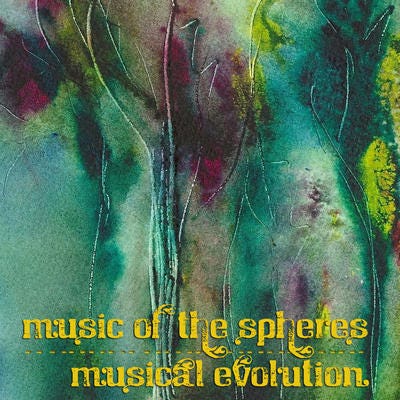 |
| Oxidizing Space by Bernhard Rohne |
The discovery of the precise relation between the pitch of the musical note and the length of the string that produces it is attributed to Pythagoras.
a poetic idea of music in the cosmos
David Bowie - beloved & much missed star seed
We do know Pythagoras was the very first mathematical physicist — without recourse to mystic theories, he endeavored to explain the cosmos through his wave theory of the string in a system that came to be known as musica universalis or the music of the spheres.

Space Music — sounds that evoke & transport the listener
“If earthly objects such as strings or pieces of metal make sounds when put in motion, so too must the Moon, the planets, the Sun and even the highest stars. As these heavenly objects are forever in motion, orbiting the Earth, surely they must be forever producing sound.”
geomagnetic storm on Earth
The Music of the Spheres incorporates the metaphysical principle that mathematical relationships express qualities or tones of energy which manifest in numbers, visual angles, shapes and sounds — all connected within a pattern of proportion.
This garden universe vibrates complete.
The connection between music, mathematics, and astronomy had a profound impact on history. It resulted in music’s inclusion in the Quadrivium — the medieval curriculum that made up the seven liberal arts, which are still the basis for higher education today — arithmetic, geometry, music, and astronomy, and the Trivium (grammar, logic, and rhetoric).
 |
| ”Musical Evolution” explores the language of Baroque Music |
No comments:
Post a Comment